The concept of motion detection at its most basic is predicated on recognising and responding to movement within a certain space. Its true power comes from the use of PIR sensors, occupancy sensors and sophisticated IoT devices.

Motion detection technology is a fundamental element of the modern architecture of security and automation, utilizing an array of sensors and Python programming to create intelligent, responsive environments.
It is something that permeates our lives, playing a role in everything from securing our properties to automating lighting and heating systems for energy efficiency.
The path motion detection technology has taken from inception to its current state is a story of immense ingenuity and adaptability. From tentative beginnings as rudimentary mechanical systems, motion detection has matured apace with advances in Python programming, IoT devices and digital technology.
Why It Matters
-
Enhances security systems with real-time alerts.
-
Drives automation in homes and workplaces, making them smarter and more energy-efficient.
-
Facilitates the development of IoT applications, integrating seamlessly with internet of things devices for comprehensive environmental control.
-
Supports IoT projects in various sectors, including healthcare, retail, and logistics, through sensor cameras and motion sensors.
|
Have you ever wondered how motion detection integrates into our daily lives? |
Historical Evolution of Motion Detection
From the primitive mechanical traps of ancient societies to the sophisticated PIR sensors and sensor cameras of today's setups (which we'll explore shortly), the transition should be clear: moving from physical affairs to digital solutions built on intelligent code and applications for the IoT.
From Past to Present
The evolution of motion detection spans from simple mechanical traps used by ancient civilizations to sophisticated systems that leverage PIR sensors and sensor cameras. This transition underscores the shift from physical mechanisms to digital solutions powered by code and IoT applications.
Milestones in Motion Detection
-
The use of domesticated animals as early motion detectors.
-
Development of mechanical tripwires in medieval times.
-
Introduction of PIR detectors in the 20th century.
-
Integration of Internet of things devices in motion detection, enhancing the capabilities of security systems.
|
Can you think of any ancient or traditional methods of motion detection used in your culture? |
Basic Principles of Motion Detection
In order to successfully understand the basic principles behind how motion detection technology works, an exploration of the science that allows these systems to detect motion within a set space becomes necessary.
Having this foundational knowledge is essential when designing motion detection systems, which are utilized in various scenarios ranging from security, to automation, and IoT.
Knowing the Basics
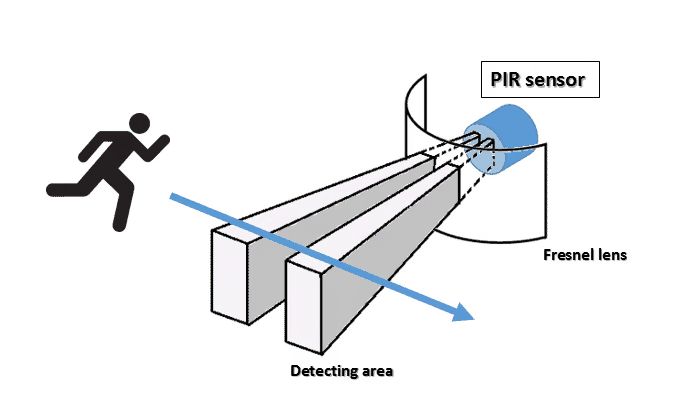
These kinds of systems rely on the idea of sensing changes in the environment – from heat signatures with PIR sensors, to changes in radio frequency patterns with radar-based systems.
By integrating Python with these systems, developers can unlock new levels of flexibility and capability for these sensing systems. This means that more sophisticated Python code examples can now go from differentiating between motions, to differentiating between types of motions.
Comparing Methods
-
PIR Sensors: Detect infrared light emitted by objects.
-
Radar: Uses radio waves to detect object distance and speed.
-
Video Motion Detection: Analyzes video frames for changes.
-
Thermal Imaging: Captures temperature differences to detect presence.
|
Which principle of motion detection do you find most intriguing? |
Key Technologies in Motion Detection
The technology has advanced to a point where several different tools have been developed and released, each designed to handle a different list of detection needs, with their own set of strengths and weaknesses.
Knowing the differences in near-infrared, PIR, radar based and 3D Time of Flight detection schemes is key in selecting the best system for the job, and especially in the world of home security.
Exploring Technologies
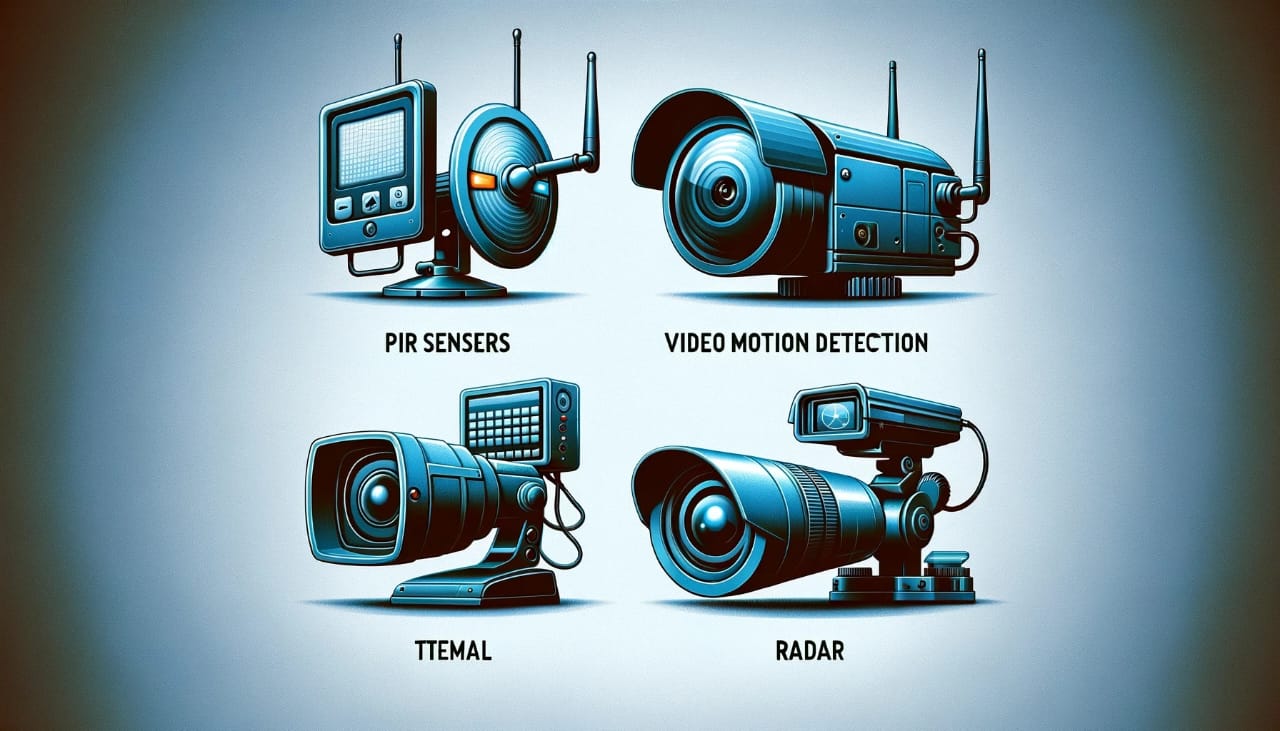 AI-Generated Image
AI-Generated Image
-
PIR Sensors: Utilize passive infrared technology to detect changes in heat.
-
Strengths: Cost-effective, low power consumption.
-
Weaknesses: Limited range and sensitivity to environmental factors.
-
-
Video Motion Detection (VMD): Analyzes video streams to detect movement.
-
Strengths: Provides visual verification, customizable detection zones.
-
Weaknesses: Requires good lighting conditions, prone to false alarms from shadows.
-
-
Thermal Cameras: Detect heat signatures of objects, humans, or animals.
-
Strengths: Effective in complete darkness and adverse weather conditions.
-
Weaknesses: Higher cost compared to other technologies.
-
-
Radar: Uses radio waves to detect motion and measure speed and distance.
-
Strengths: Works in any lighting condition, can penetrate through obstacles.
-
Weaknesses: Complex setup and calibration may be required.
-
|
Which motion detection technology do you think is most effective for home security? |
Motion Detection in Software Development
The role of software is often overlooked when it comes to the development and advanced capabilities of hardware designs.
On the contrary, however, the role and position of the software in a design often warrants advanced algorithm development, and through the utilization of PIR detectors, motion sensors, and even sensor cameras, data that is collected by the hardware – often as raw inputs – can have Python code put to it, thus transforming the raw data into something smarter and more useful.

Software's Role
Software integration enables IoT devices to function smarter; it allows them to perform complex IoT applications within the larger IoT ecosystem. It's the software that reads the data from a PIR sensor and decides whether to trigger an alarm, record video or notify.
Algorithm and Programming
The primary factor for effective motion detection is the algorithms and programming for processing the data from the sensor. With Python code examples and Python online compilers, the Python community can create more sophisticated motion detection systems that reduce false alarms and improve detection accuracy.
|
Have you ever tried creating or tweaking a motion detection algorithm? |
Challenges and Solutions in Motion Detection Technology
Developing new motion detection systems does come with challenges. Environmental factors often make sensors less accurate. In complex scenarios, false alarm rates are extremely high — often nearly equal to true positive rates.
While many of the classic approaches to these problems have had only modest success in practice, ongoing research by thousands is achieving more innovative and efficient motion detection.
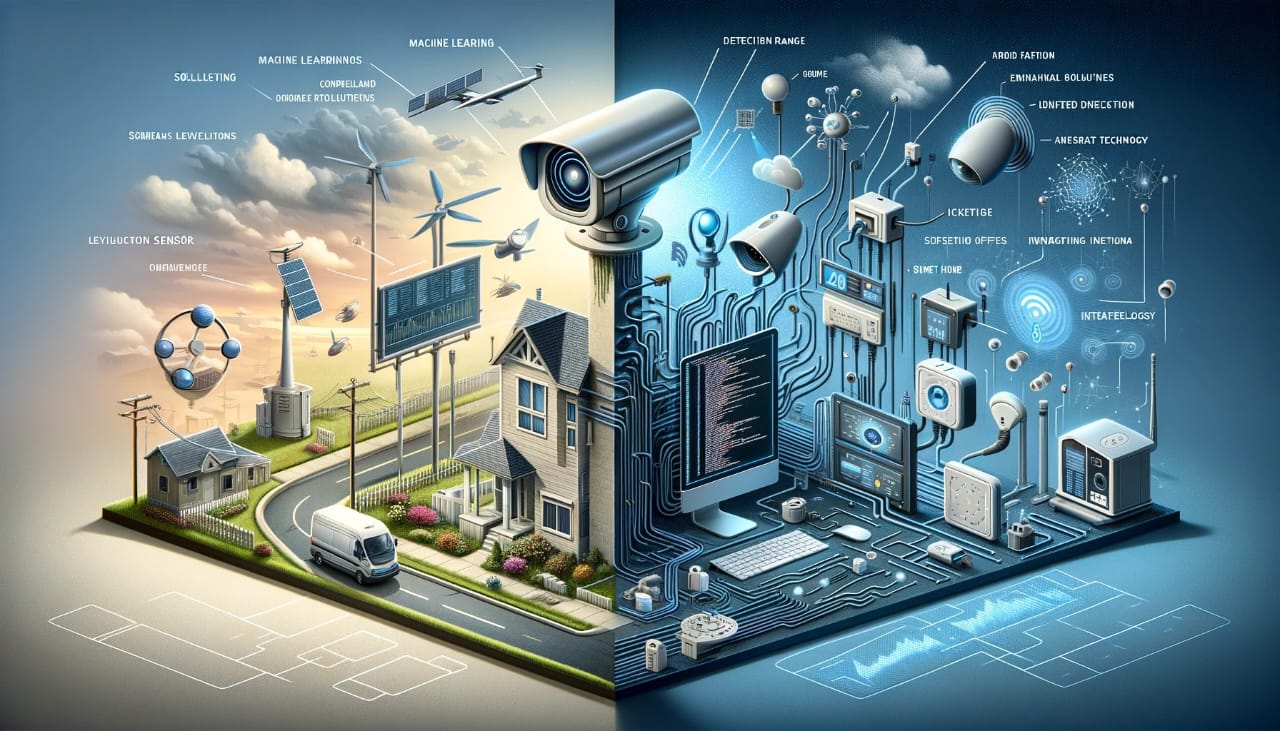 AI-Generated Image
AI-Generated Image
Common Hurdles
-
Environmental conditions causing false alarms or non-detection.
-
Limited range and field of view of traditional sensors.
-
Integration complexities with existing security or automation systems.
Innovative Solutions
-
Machine learning algorithms improve false alarm rates by learning from false triggers.
-
Enhanced sensor technology, like advanced PIR sensors and radar, offers better detection capabilities and reduces environmental interference.
-
Integration of IoT devices allows for smarter systems that can differentiate between routine movements and potential threats.
|
What challenges do you think motion detection technology will face in the future? |
Case Studies and Applications of Motion Detection Technology
Motion detection technology has found its way into numerous sectors, demonstrating its versatility and impact through various innovative applications. From enhancing home security to revolutionizing wildlife monitoring, the scope of motion detection is vast and varied.
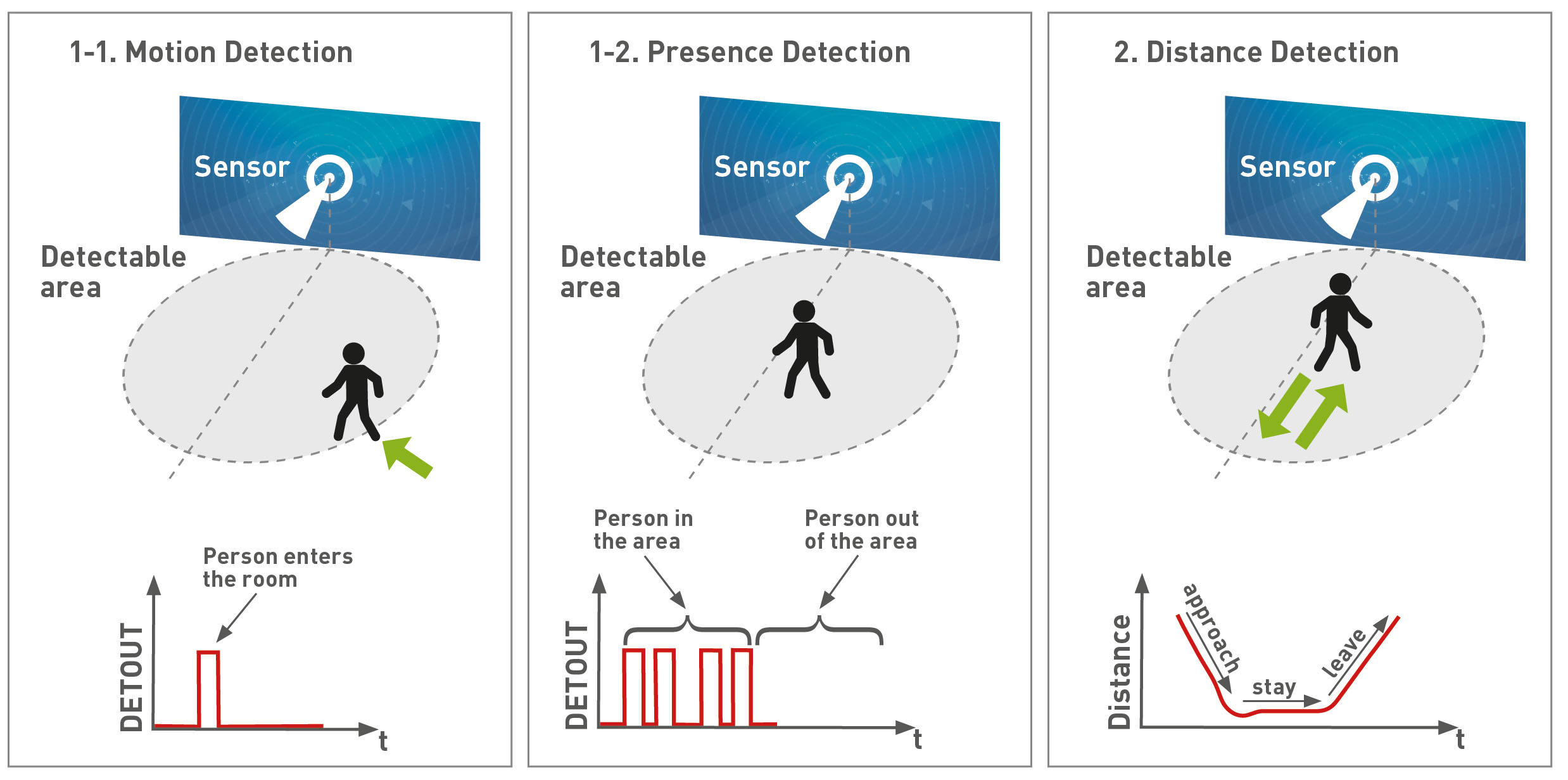
Home Security
One of the most common applications of motion detection is in home security systems. Using PIR sensors and sensor cameras, these systems can alert homeowners to unexpected movement, offering peace of mind and enhanced safety. Motion detection integrates with home automation to create smarter, safer homes.
Retail
In the retail sector, motion detection helps in customer traffic analysis and security. IoT devices are used to track customer movements, optimize store layouts and improve security by detecting unusual activity after hours.
Wildlife Monitoring
Motion detection technology is also crucial in wildlife conservation efforts. Cameras equipped with motion sensors can capture images or videos of wildlife without human presence, aiding in the research and monitoring of endangered species. This technology is being used in natural habitats to gather valuable data.
Healthcare
Hospitals and care facilities utilize motion detection to monitor patient movements, ensuring their safety and well-being. Advanced systems can detect falls or unusual behavior, alerting staff to potential emergencies.
@FIBARO for Pros - Smart Home Use Case – Motion Sensor
|
Can you think of an innovative application for motion detection technology? |
By examining these case studies and applications, it's clear that motion detection technology has a significant role across various industries, improving security, efficiency, and knowledge.
Read More: Healthcare App Development
Future Trends in Motion Detection Technology
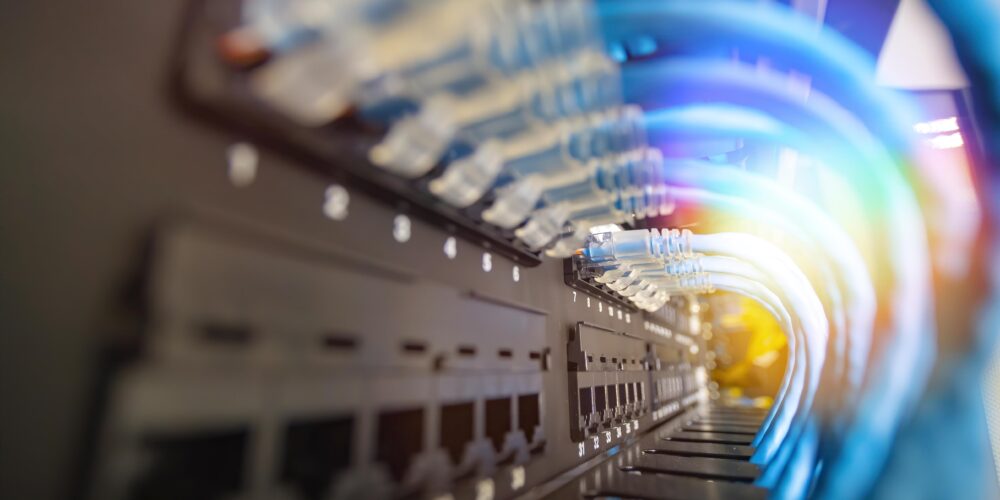
Motion detection is on the cusp of major technological changes: Imagine a future where innovative motion detection technology will become even more integrated into our lives; a future where it'll help IoT devices become even "smarter" through more sensor-integrated environments and easy programming possibilities.
The future of motion detection will allow connected devices to blend in this diversity of environments and become more "context-aware" and responsive.
Looking Ahead
The future of motion detection technology includes a reduced noise-to-signal ratio, a smoother merge with AI and an expanding universe of potential applications.
Read More: Advantages and Disadvantages of Artificial Intelligence
Emerging Technologies
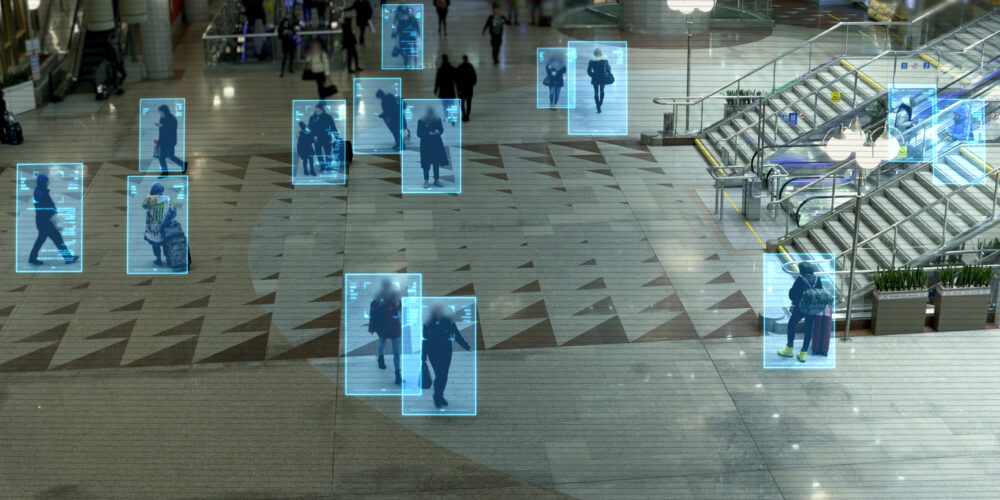
-
AI and Machine Learning: Enhanced algorithms for reducing false positives and providing more accurate detection.
-
LiDAR Sensors: Offering precise distance measurement and object detection, even in complex environments.
-
Ultra-Wideband (UWB) Technology: For precise indoor positioning and motion detection, surpassing the capabilities of traditional Wi-Fi or Bluetooth.
-
Edge Computing: Processing data on the device itself to reduce latency and improve response times in critical applications.
|
What future trend in motion detection are you most excited about? |
Conclusion and Recommendations
Throughout our motion detection technology exploration, we unpacked its definition, historical advancements, basic principles, identifying technologies, software development features and future trends.
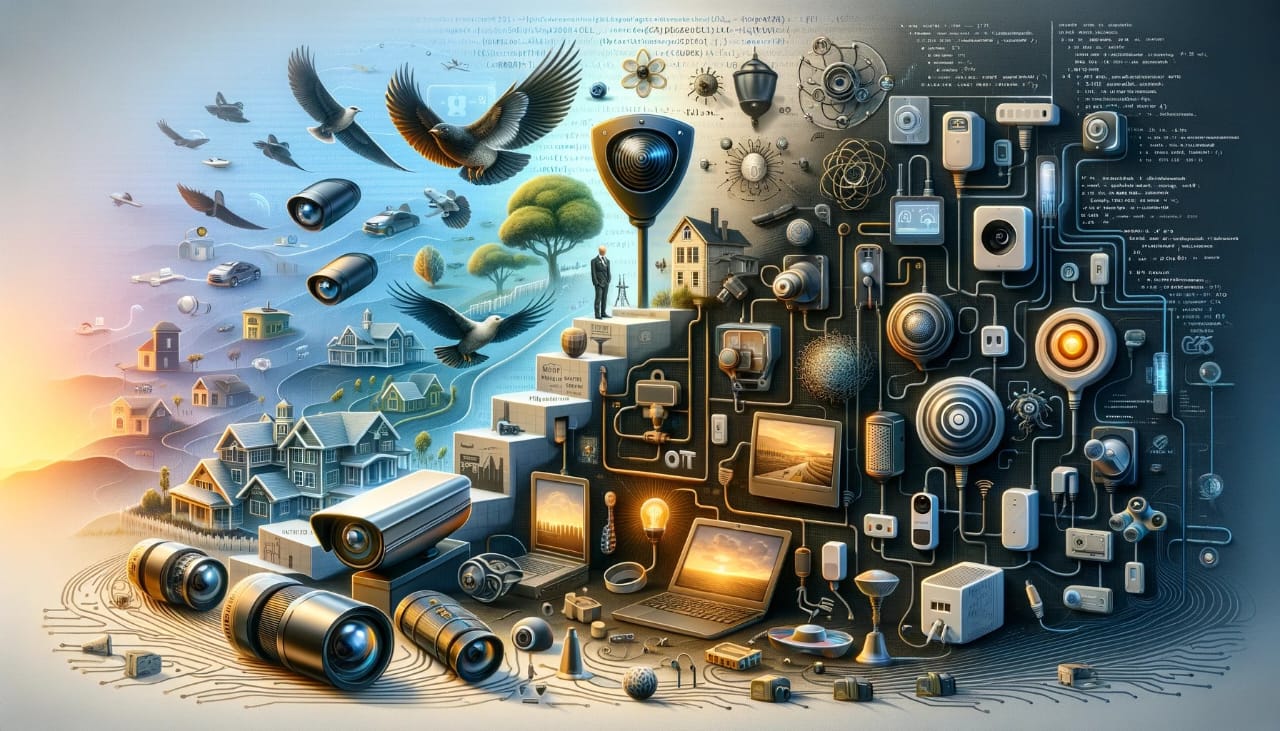
AI-Generated Image
Summing Up
-
Motion detection technology has evolved from simple mechanical systems to sophisticated digital solutions incorporating PIR sensors, sensor cameras, and IoT devices.
-
Python programming and IoT applications have become instrumental in advancing motion detection capabilities, offering customizable, efficient, and intelligent systems.
-
The integration of Internet of things (IoT) devices has opened new avenues for motion detection in various sectors, including home security, retail, healthcare, and wildlife monitoring.
Read More: How to Secure IoT Networks with Blockchain
Guidance for Enthusiasts
-
Dive into Python code examples and Python projects to understand the programming behind motion detection systems.
-
Explore IoT projects to see how motion detection technology is applied in real-world scenarios.
-
Stay updated with the latest developments in IoT devices and sensor technology to leverage the full potential of motion detection.
We invite you to share your thoughts or experiences with motion detection technology. What do you see as its most promising application?

